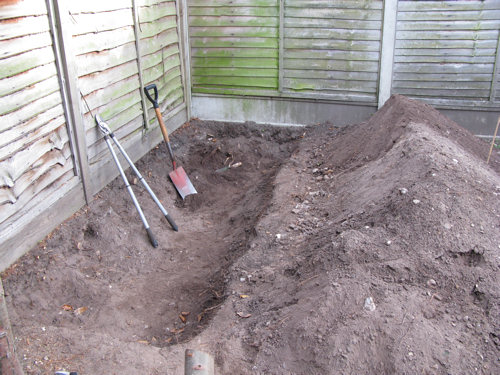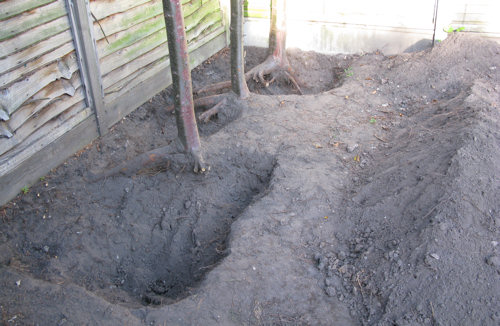The plastic shed
This week I assembled the plastic ‘sentry shed’.
Overall I am pleased with it and I think it was a good decision to buy it. For the benefit of any other plastic shed buyers out there, here are my comments:
(1) The instructions were so bad it was almost frightening. There were no words – just pictures. The pictures were actually very well drawn, but there needed to be some words. For example, the very first picture showed a hand holding a small rectangle next to a rectangle-shaped hole. It didn’t say which part had the rectangle-shaped hole in it, and it didn’t say whether all the holes had to be filled with small rectangles or just some of them. Realising that it would be impossible to get the rectangles out of the holes after snapping them in, I wondered what the holes were for and whether some of them should be kept open so that something else could be slotted into them. Afterwards I came to the conclusion that the holes were probably an artefact of the manufacturing process, but this is the sort of thing the instructions should have said.
(2) Putting the pieces together was mostly easy, but I was worried that I might connect the wrong parts and be unable to pull them apart afterwards.
(3) Some pieces snapped together very easily, but others required considerable force to make them click home. This was difficult to achieve because if you whack plastic with a hammer it is likely to split. I found the best technique was to hang onto the top of the shed and gradually apply as much as my bodyweight as necessary to push the pieces into place. I suggest that anyone weighing less than 65kg should probably eat a few cakes before attempting to assemble this shed.
(4) The construction of the shed seems to be sturdy and the shelves are well supported.
(5) I think it took me about three hours to assemble the shed, but I took my time because I didn’t want to risk doing anything wrong that couldn’t be undone. If I had to assemble a second one, I think I could do it in well under an hour. One person can do it alone, but you may need a stepladder.
(6) One disadvantage of the shed, for me, is that the space for storing tools is not very high. I cannot get my lawn rake into either shed, which is a shame. Also there is not very much space allocated to storing tools.
(7) The other disadvantage of a plastic shed as opposed to a wooden shed is that it is harder to fix hooks to it to hang things on. I may be able to use self-adhesive hooks, though. And as I said, there isn’t much hanging space anyway.
The next thing to do is to buy a padlock for the shed, and then I will have to put things in both my sheds to make room for the greenhouse. I need to think about what will go in the sheds, but for now I will just put in as much as I can so there is plenty of room in the garage.
Other reports: The very badly taken pelargonium cuttings are cheerfully getting on with producing some very badly grown roots and show no signs of getting very bad rot. I haven’t seen the cats in my garden, but I also haven’t seen them anywhere outside, so maybe it is too cold for them and they are doing their business in their litter trays indoors. I do hope so.













